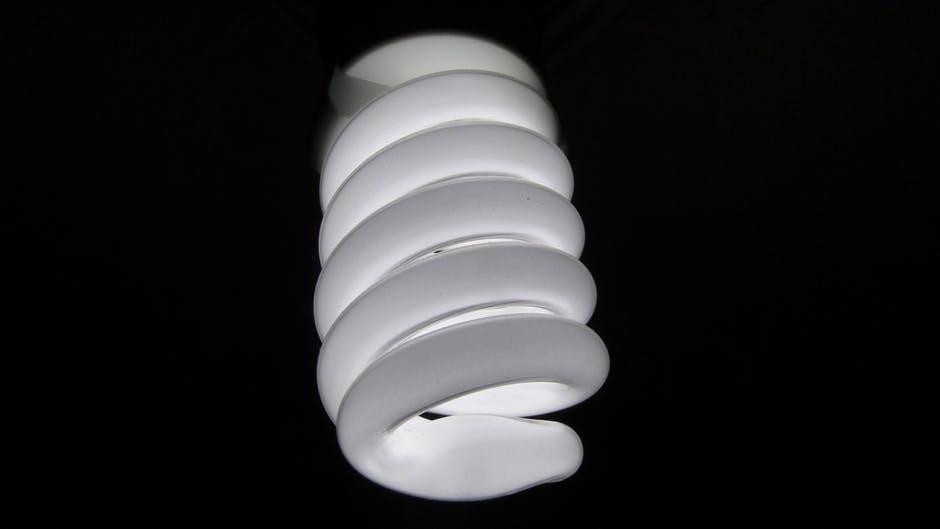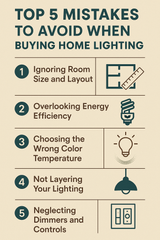9 Reasons to Choose LED: LED Technology Not Only Saves Your Energy Bill but Your Eyes Too
Picking the best bulb for your barn light, picture light, piano light, or other fixture is a task in itself. Bulbs vary based on wattage, size, illumination and color, features, the amount of heat and UV rays radiated, efficiency, longevity, upfront cost and energy bill costs, and overall quality. (Whew, that was a mouthful.)
Before opting for a bulb, strongly consider going the LED (Light-emitting diode) option, and here’s why:
1. They produce minimal UV radiation, infrared light, and heat.
Many admire that LED bulbs produce very few cancer-causing UV rays. This not only means that the bulbs are safer for your health but also that delicate works of art can be lighten up with LED technology. Opting for bulbs that emit high levels of radiation can cause permanent damage to a work. Meanwhile, LED bulbs are gentler.
Heat is another important component in safely lighting up a room. Heat caused by infrared lighting can damage works of art and other heat-sensitive components in your home overtime. Heat-emitting bulbs can also increase risks of unintentional fires or other hazards; the risk is significantly lower, however, with LED bulbs. Individuals looking for the best bulb to have around children will also admire LED technology as even when on for hours at a time, an LED bulb is never hot to the touch, thus is much less likely to cause a burn if touched.
2. LED bulbs have a long lifespan.
One can count on light-emitting diodes for their longevity. 60W traditional incandescent bulbs typically last an average of 1,000 hours whereas 12W LED bulbs with better illumination and efficiency can last a whopping 25,000 hours-long, only needing to be replaced approximately every 5 to 10 years.
Having a long lifespan means less hassle and more money saved as you have less bulbs to buy over the course of time.
3. LED technology is better for your eye health.
Whether you have preexisting eye health conditions or not, the wrong lighting – especially with longer-term exposure – can cause detrimental effects to your eye health. Many of us know this after shopping in a store with fluorescent lighting for too long or staring at the television or computer screen for hours on end.
While any light, even natural light, can be damaging to our eyes (e.g., eye strain, blind spots, vision problems), LED bulbs are less destructive on the eyes than many of their alternatives. Fluorescent lights, for instance, have noticeable blinking that leaves eyes uncomfortable.
However, studies have come out that LED bulbs emit greater blue light, which can cause eye strain retinal damage even in young children if exposed to for too long and potentially lead to macular degeneration overtime if not tended to. Although, to solve this issue, many companies have blue light-blocking products available. Additionally, blue light in healthy amounts can be actually good for one’s health as Seasonal Affective Disorder (SAD) research has shown that blue light can boost one’s mood, energy, memory, cognition, and sleep.
As with any type of lighting regardless of brightness, spectrum, and the like, everything in moderation!
4. The bulbs themselves can be more expensive, but in the long-run, you save more money.
While the cost for LED bulbs has lowered overtime, they still remain higher than many other bulbs on the market. However, thanks to their long lifespan, as we discussed, one typically saves more money in the long-run considering less bulbs have to be bought.
Additionally, the energy efficiency of LED light bulbs means lower energy bills. The annual energy cost for a 60W traditional incandescent bulb is approximately $4.80 and only $1.00 for a 12W LED bulb – based on average use of 2 hours-per-day and 11-cents per kilowatt-hour.
5. Low voltage is used.
The low voltage of LED bulbs is strongly appreciated as this means you’ll be using less volts, and as many are aware, only so many volts per circuit can be utilized at any given time. The last thing you would want is an electrical fire or other hazard from overworking your circuit.
Low voltage is especially a bonus for exterior spaces as they can be hooked up to an external solar energy source, making them ideal for use in rural regions.
6. No noise is produced – looking at you, fluorescent lighting.
Unlike their fluorescent counterpart, LED bulbs do not make annoying clicking or buzzing sounds when in use, even when turned on for prolonged periods of time.
The latter is important information to know as many want a quieter option if they are placing lighting in an office space, reading room, or other area that would require peace. Others just simply enjoy bulbs that don’t produce sound as most would. If this is you, go for LED!
7. They’re eco-friendly.
Not only does the energy efficiency make LED bulbs more suitable for the environment, but they are also recyclable and less toxic than the average light. On the flip side, fluorescent bulbs contain mercury, not only making them difficult to safely dispose but also causing potential risks to one’s health if inhaled or consumed.
Additionally, momentous amount of materials is also reduced by going on the LED route. By purchasing an LED bulb, you’re saving materials from 25 incandescent bulbs! This means there are less resources and energy used during production for LED bulbs.
8. They light up immediately – no stalling.
Unlike fluorescent bulbs, one doesn’t have to wait several seconds or even minutes for their light to fully illuminate. Some fluorescent bulbs quickly flicker before turning on, which can be both annoying and a waste of time, and not to mention, hard on the eyes.
LED bulbs by contrast don’t have a wait time. If you need light, you’ve got light in milliseconds. Turning the light off and then back on immediately will not affect how your light starts up again nor will it significantly effect the bulb’s life expectancy.
9. LED bulbs provide a range of different colors.
Many bulbs alternative to LED produce colder-spectrum lighting that can give off a ‘cold’ vibe in the room and distort the colors of artwork and other colors in the room. However, LED bulbs are versatile in their color palette, offering a wide range of hues and making them ideal for a majority of interior and exterior settings.
Popular color options for LED bulbs include warm white and soft white – which produce yellow-based lighting similar to incandescent bulbs – or bright light that emit a whiter hue that mimics natural daylight.
Conclusion
LED technology is a major step up in the world of lighting, offering minimal UV and infrared rays, hardly any heat, a long life-span, greater savings in the long-run, less harm for your eye health, low voltage, no annoying sounds when in use, immediate illumination, and a versatile array of colors for every setting – indoor or outdoor.
Need help finding the perfect light fixture? Cocoweb.com has thousands of picture, barn, piano, wall, ceiling, outdoor, and floor and table lights and lamps set with LED lighting. Your health, vision, and pocket – even the environment – will thank you for going the LED route!
Recent Posts
-
Top 5 Mistakes to Avoid When Buying Home Lighting
Lighting plays a crucial role in shaping the ambiance, functionality, and aesthetic appeal of your h …26th Jun 2025 -
Why Lighting Is the Most Underrated Design Element in a Room
Walk into a well-designed space, and you might first notice the color of the walls, the statement fu …13th May 2025 -
How to Choose the Perfect Painting for Your Home or Office
When it comes to decorating your space, choosing the perfect painting can be a game-changer. A well- …7th Feb 2025




